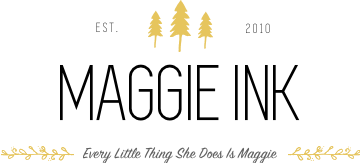I’ve been thinking a lot lately about personal responsibility. Where do I fit in this big crazy world? What is my role? What should I be doing for my fellow humans?
Nothing illustrates that concept quite as well as the Apartheid Museum in Johannesburg, South Africa.
The museum is exactly what you’d expect — emotional, educational, horrifying.
Stories of resiliency and heroism are squelched, stomped and strangled by pure evil and hatred. You’re left with barely any hope for humankind.
But then there is the last display.
It’s two piles of smooth stones, divided by a path. Visitors are encouraged to remove a stone from one pile and place it on the other. Of course, it doesn’t take long before one pile is considerably smaller, the other dramatically larger.
It is a simple statement, but it is a powerful one.
I started this trip with enormous plans to make a difference, change the world, have an impact. But several months into this journey, it’s been incredibly frustrating to see that the need is so great, and I am so small. It feels like I can’t do anything at all.
The Apartheid Museum changed my perspective.
See, change doesn’t come from one person doing a million things. It’s a million people doing one thing.
I think sometimes we try to make things more difficult than they really need to be — especially when it comes to sweeping concepts like hate, fear, power — but it’s really just that simple.
Everything you do has an impact. Every action matters. And if you need proof, think about all the tiny steps it took to end apartheid.
One stone on top of one stone eventually becomes a mountain.




























